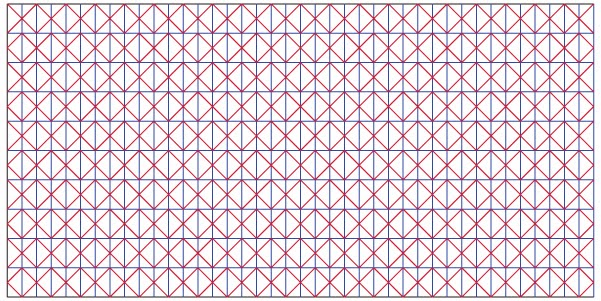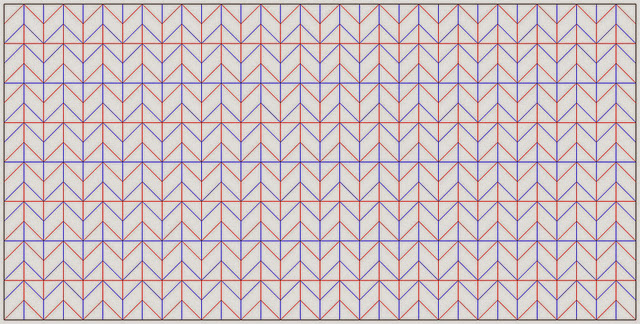- First, we hole punched various pieces of coloured card for the front of the binder, onto which we stuck our models. Some pages we filled up model by model, as we finished them, dating them and adding one or two comments along the way. Other pages we "themed" - using a dark blue piece of card as a background for our various fish models, and adding some stickers to make it look more interesting. We attached our models to the card with a glue stick.
- Second, we added a number of plastic sleeves into which we slipped the origami instructions we had printed out, ready to try.
- Third, we used sticky-tape to attach a large envelope to the inside back of the ring binder, in which we store our origami paper safely.
How to make origami magic ball and folding instructions. An origami magic ball is a sphere shape created by folding a piece of paper. The origami magic ball is one of the more complex origami forms.
How To Make Origami Magic Ball And Folding Instructions
Mini Magic Ball Origami Instructions (Video 1)
How to make an origami magic ball (Video 2)
Origami Magic Ball Folding Instructions
Origami is the Japanese art of folding paper into any number of different shapes. An origami magic ball is a sphere shape created by folding a piece of paper. It is called a "magic" ball because when you pick it up and handle it, the sphere changes shape. For example, turning the ball inside out results in a mushroom shape. This is an advanced origami project. Although skilled folders can use smaller size paper, someone attempting the origami magic ball for the first time should use a larger and rectangular piece of paper that is twice as long as it is wide.
The origami magic ball is one of the more complex origami forms. Although very time consuming, the result is a beautiful, layered ball and an exciting challenge for experienced crafters. The origami magic ball is a foldable ornament, that the maker can transform from a ball shape into a tube by pushing gently. There are a two different ways to fold the origami magic ball, the traditional method and the quicker method.
Tutorial of how to quickly make and Origami Magic Ball! Get a piece of 20x40cm paper. Fold along side in 32 equal parts, by repeatedly folding the paper in half - using genderless folds. Fold the short side in 8 equal parts- using valley folds. Turn the sheet over and start diagonal folds - using valley folds into 32 parts. Roll paper out flat, and fold it zigzag following previously made genderless folds. At corner of paper, create a "water bomb" by pressing together previously made folds forming indents in the paper. Add another water bomb next to the first one, etc until one row is done. Proceed onto next row of water bombs, and do water bombs for every row on the paper. Tape opposite sides of the paper together, forming a ball. Follow these instructions and you too can have your very own Origami Magic Ball!
Traditional Method
The traditional method is best for those who want to make the original magic ball. Start by folding the paper into 16 by 32 equal-sized squares, using mountain folds, where the paper folds behind itself. On the first row of the long side, fold two diagonal valley folds, where the paper folds toward itself, in every 2 by 2 box square, creating the appearance of crosses. In the second row, the full crosses start from the second square with just a half cross in the first square. Repeat this alternating pattern across the sheet of paper. When finished, crumple the paper to interlock the folds. Tape the two short sides together and fold in the top and bottom.
Quick Method
The quick method is ideal for those looking to spend a little less time on the magic ball. Divide a sheet of paper into 32 even sections along the long side. Form eight valley folds on the short side and 32 diagonally across the paper. Use the grid you have formed to make rows of waterbomb bases across the entire paper. Waterbomb bases involve making valley folds along the diagonals of a square and mountain folds down the center. These rows of waterbomb bases naturally interlock with each other when compressed. Apply a strip of tape to both the top and bottom and stick the two sides together to finish.
Crumpling
To allow the folds to interlock, begin by pinching the mountain folds. Push these ridges toward each other. By continuing to pinch and fold, the paper begins to take on a tube shape. When the sides are taped together, push the tube down in a ball shape or flatten the model into a doughnut.
Mini Ball
You can also use the same method as making the quick magic ball to form a mini magic ball. Using a smaller sheet of paper, reduce the number of sections to 16 by 4 and make only 16 diagonal valley folds. Then, follow the same procedure of interlocking the ball with the waterbomb bases and tape the two long sides together.
How to make an Origami Magic Ball (Video 3)
Origami magic ball diagram


Origami magic ball turbo flasher bowl tutorial (Video 4)